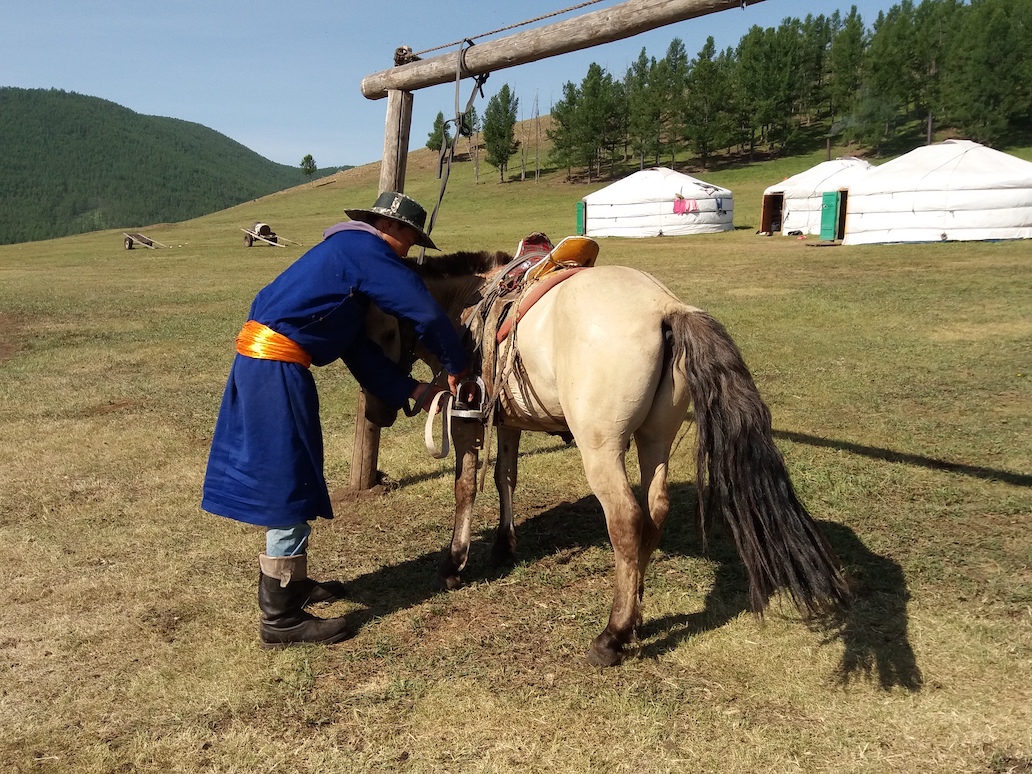
Mongolia is a landlocked country with a population of about three million. Much of its economic activity is based on livestock and agriculture, but the country also has significant mineral reserves.
Over the past 30 years, Mongolia has transformed into a vibrant democracy, tripling its GDP per capita since 1991. With vast agricultural, livestock and mineral resources, and an educated population, Mongolia’s development prospects look promising in the long-term assuming the continuation of structural reforms.
Mongolia’s economic growth is projected to rise slightly but remain modest at 2.4% in 2022, with the rise mainly driven by the removal of Covid-19 related restrictions and a strong rebound in the agriculture sector. Rising private and public investments and household consumption are expected to support domestic demand. However, lingering border frictions with China, weaker global economic prospects, and higher prices of imports due to the war in Ukraine are expected to constrain the economic recovery.
Mongolia's national poverty headcount rate in 2020 was 27.8%, 0.6% lower than in 2018. While estimates show that poverty in 2020 was slightly lower than it was in 2018, the Covid-19 pandemic has sharply slowed down the pace of poverty reduction. Simulations indicate that had the Covid-19 pandemic not occurred, the poverty rate may have declined to 24.3% in 2020, suggesting that the pandemic may have contributed to an increase in poverty by about 3.5% in 2020. The wide array of Covid-19 relief packages, including top-ups on existing social assistance programs, played a crucial role in preventing a rise in poverty between 2018 and 2020.
Regarding education, primary school enrolments are at 97%. Healthwise, infant mortality rate per 1,000 live births declined from 13.6 in 2017 to 11.6 in 2021, but maternal mortality rate per 100,000 live births increased from 26.9 in 2017 and reached 94.9 in 2021.
To ensure sustainable and inclusive growth and to reduce poverty, Mongolia will also need to strengthen governance, build institutional capacity to manage public revenues efficiently, allocate its resources effectively among spending, investing, and saving and ensure equal opportunities to all its citizens in urban and rural area.
Since 2001, Luxembourg Cooperation has been actively involved in the health sector in Mongolia particularly to support the country’s efforts to control cardiovascular diseases through five consecutive project phases. In Mongolia, cardiovascular diseases have been the single biggest cause of mortality, accounting for 34.4% of all deaths in 2018. Given that Mongolia is sparsely populated, one of the main challenges is the delivery of health services to rural and remote areas. The introduction of the first national telemedicine network with the support of the Luxembourg Cooperation has been key in addressing this challenge and building capacity at the primary and secondary level health centres.
